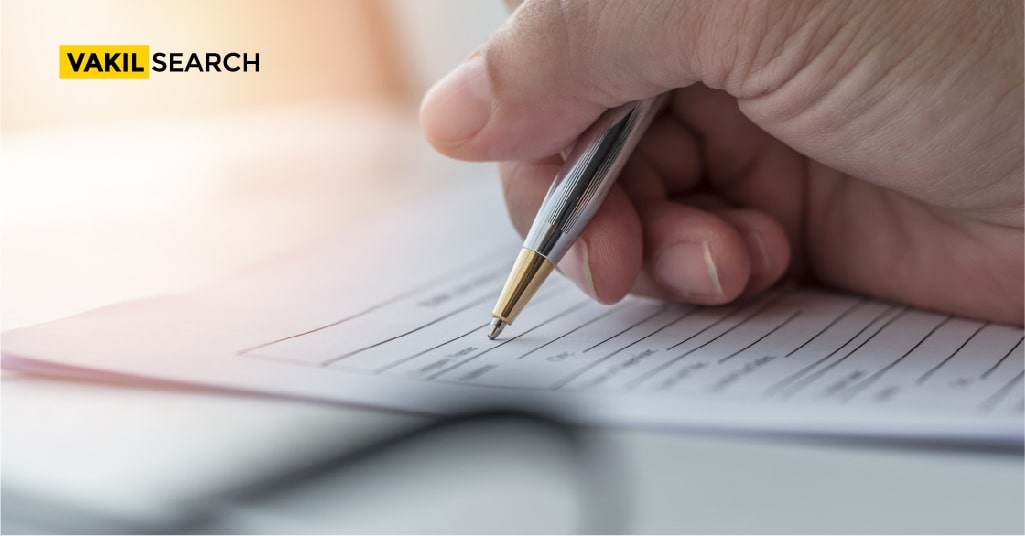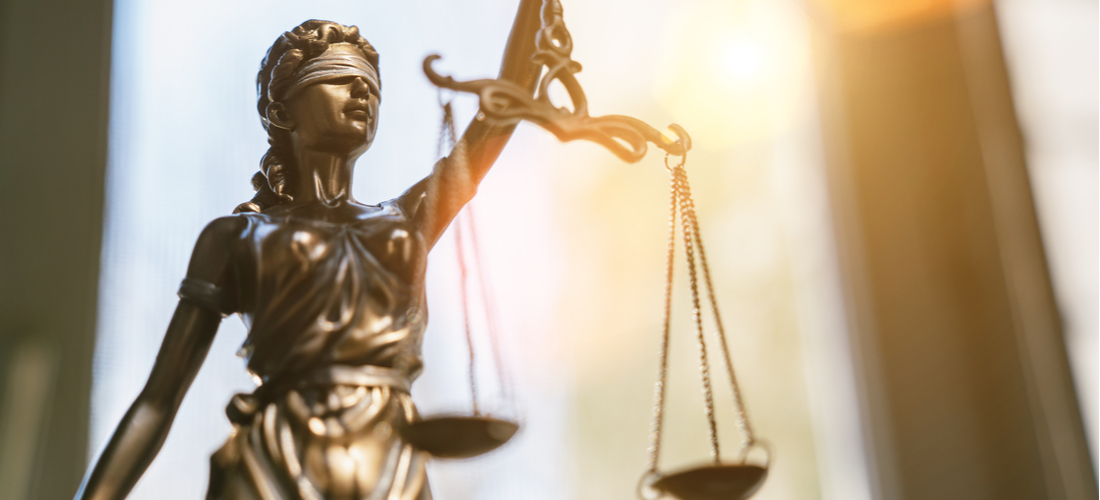In this article we look into what is a caveat and what purpose it serves in the framework of the law.
Introduction
Different countries frame their laws differently depending on various factors such as culture, demographics, socio-economics etc. But if you look at what the law is trying to achieve at the end of the day, you will realize that all laws are based on the concept of natural justice or common sense law. This is true at least as far as dispute resolution and civil law is concerned.
There are mainly two Principles of Natural Justice. These two Principles are:
- ‘Nemo judex in causa sua’. No one should be made a judge in his own cause. This is the basis for the principle of objectivity and the idea that gives life to the office of a judge when it comes to legal proceedings.
- ‘Audi alteram partem’ means to hear the other party, or in other words, no one should be judged without being heard first
However, there are certain provisions and procedures in which a person may, at least temporarily, be inconvenienced by an order or an injunction passed by the court without actually having a chance to defend him or herself. So, in order to counter this inherent difficulty, the Civil Procedures Code provides for what is known as a ‘caveat petition’ under section 148A. Let us take a look at what that is.
What Is A Caveat Petition
Caveat literally means ‘beware’ or ‘make aware’ in Latin. It is meant to warn a person to take cognizance of the issue being highlighted. As the name suggests, in the law, a caveat petition is filed by a person to bring awareness regarding a certain issue to two parties; the person against whom the petition is being filed and the court. The caveat is usually addressed to the court and a copy or a notice of filing the petition is sent to the opposing party.
Now caveat is not a tool to take legal action. On the contrary, it is a precautionary and a defensive tool. When a person is anticipating being named in a case or a suit that is about to be filed or has already been filed, then he or she can file a petition in the court before he or she is named, demanding the court to notify him or her when he or she is named in the said case or suit so that he or she can be present at the hearing of such case and be heard, if needed, in their own defence as required by the principles of natural justice.
Upon filing the application with the court, the caveator, the person who filed the caveat, must notify the opposing party, through registered post, regarding the caveat along with the application or acknowledgement number. Once this is done, the caveat is valid for a period of 90 days. Within this period, if what has been anticipated by the caveator actually materializes, then the court has to notify the caveator regarding the occurrence and furnish him or her with the details of the next hearing so the caveator can be present. Any order or injunction is filed without notifying the caveator is considered null and invalid.
3 Basic Purposes Served By a Caveat
- To be Notified – The caveat ensures that the moment a person has been named in a particular suit or a case, he or she will come to know. This spares the defendant the suspense of what is going to happen and when. He or she does not have to be anxious about an unexpected order or injunction because the caveat ensures that any order passed without notifying him or her will not be valid.
- To Notify – The caveat also serves the purpose of warning the prospective plaintiff that the caveator is aware that he or she may be named in the suit or case that the plaintiff is involved and that no injunction or order will be passed against the caveator before he or she has a say in the matter first.
- To be Heard – This is the most essential purpose of the caveat. It gives the defendant a chance to be heard. In general, all defendants are given a chance to be heard. But the standard procedure is long and tedious which can cause inconvenience to the defendant. In certain cases, a court can grant an injunction or pass a temporary order against a defendant before hearing him or her. Then the defendant is given a certain amount of time to respond to the order. In stead, when someone files a caveat, they are informing the court that they suspect that someone might file a certain motion against them and that they do not need time to respond to the motion and would like to respond on the same day the arguments of the plaintiff are being heard and would like to do so before the judge passes any interim or temporary order.
How to File a Caveat Petition
A caveat petition needs to be filed with the following details in it.
- Name of the court in which the petition is being filed
- Case / application number in case the caveat petition pertains to an ongoing matter
- Summary of details regarding the matter, in case the caveat has been filed regarding a matter that may be filed in the near future
- Name of the caveator
- Address at which the caveator would like to be notified in the event that the anticipatory matter described in the caveat materializes
- Name of the person who the caveator anticipates filing the suit or the application against him or her
- Address of the party to whom the notification of the caveat petition has been sent
The caveat has to be filed along with the following documents.
- Index
- Form to file caveat signed by advocate on record (AOR) containing
Cause Title and Case Number
- Name of the court appealed from
- Date of impugned judgement
- Designation of the authority
- Court fees (Applicable in civil matters)
- Vakalatnama and memo of appearance.
Conclusion
The logic behind the law is usually pretty simple. It is the additional procedures and formalities that make it seem beyond the grasp of common sense. Because of this, sometimes we do not know what remedies are available to us. For instance we all know that a person has the right to speak in their defense before being punished. This is common sense. But the moment you use the words caveat petition and give them the list of documents needed to be filed along with a caveat, they might get anxious and confused.
This is because the law has its own language to communicate common sense things in the interest of clarity and specificity. Because justice cannot be served on ambiguous terms. It has to be clear and it has to be definitive. This is why it is always advisable to consult a person trained in the language and the procedures of the law when you have questions regarding legal procedures. If you have any doubts or any requirements with legal procedures, get in touch with Vakilsearch today and we will make sure you get the best assistance with your requirements.
Read More :









